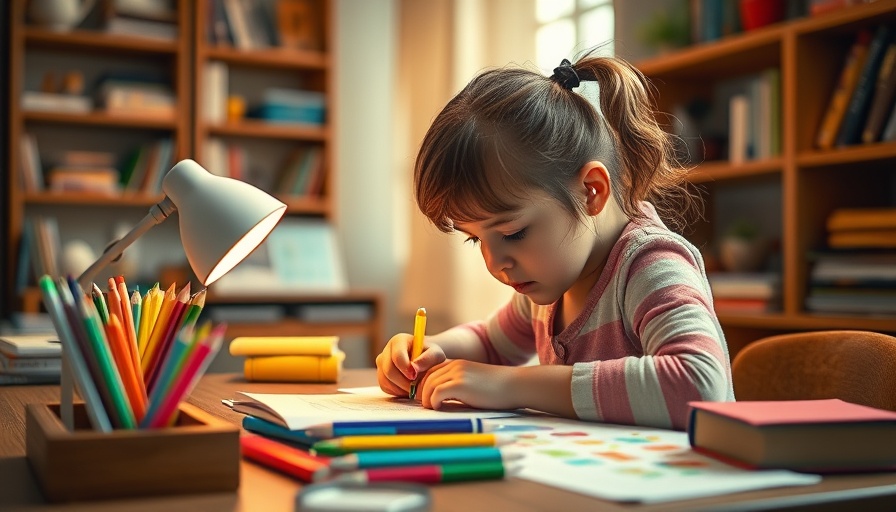
Unlocking Calm: Lessons from First Graders on Mindfulness
The journey to understanding mindfulness as adults often takes considerable time, but what if we could learn from the wisdom of children? Recently, students from the Seattle-based nonprofit Space Between showcased their gleanings from mindfulness practices in an engaging way that resonates deeply with parents and educators alike.
Why Mindfulness Matters for Families
For families in Denver navigating the hustle and bustle of modern life, stress management is vital. Teaching mindfulness not only benefits children but creates a ripple effect, promoting healthier dynamics within the family. As Elijah and Romir demonstrate, simple mindfulness exercises can offer insight into emotional regulation, resilience, and overall mental health. These are crucial tools for children who may face academic pressures or social challenges.
Fun Breathing Techniques Straight from Kids
Elijah and Romir introduced breathing exercises like the Zig-Zag Breath and Square Breathing, both designed to help children find ways to regulate their emotions and respond to stress positively. Elijah’s Square Breathing technique is especially well-suited for parents looking to model calming strategies at home:
- Breathe in through your nose while drawing the first side of a square.
- Breathe out through your mouth while drawing the second side.
- Continue this pattern until the square is complete.
This fun breathing pattern empowers children—and their parents—to find their center amidst the chaos.
Incorporating Mindfulness Into Family Life
For families seeking to incorporate mindfulness into their daily routine, consider these engaging practices:
Mindful Mornings
Start your day by joining your children in a mindful breakfast—take a few moments to appreciate each bite, focusing on flavors and textures. This setting reinforces mindfulness while also establishing a positive family culture.
Mindful Walks
Three to five minutes of mindful walking after dinner can serve as a serene way to enjoy nature and connect with one another. Observe the sights, sounds, and smells around you while walking, promoting family bonding and mindfulness.
Gratitude Journals
Consider introducing gratitude journaling as a family activity. Each member can jot down one or two things they are grateful for each day, fostering a sense of community and appreciation.
The Benefits of Mindfulness in Education
As shown by Space Between’s program, introducing mindfulness in schools equips children with coping mechanisms that last a lifetime. It reduces feelings of anxiety and helps students focus better, essential skills in today’s academic landscape. Encouraging your child's school to engage in similar programs can enhance the educational environment for all students.
A Bright Future with Mindfulness
Incorporating mindfulness practices will yield long-term benefits for your family. Connecting with nature, establishing breathing exercises, and nurturing emotional health cultivates a home environment that thrives on reducing stress and enhancing well-being. By embracing the lessons of children, we can all carve pathways toward greater mindfulness in our busy lives.
If you find value in these insights about mindfulness, why not reach out and initiate mindfulness practices with your family and friends today? Experiment together and observe the transformations that can foster a healthier and happier household.
 Add Row
Add Row  Add
Add 




Write A Comment